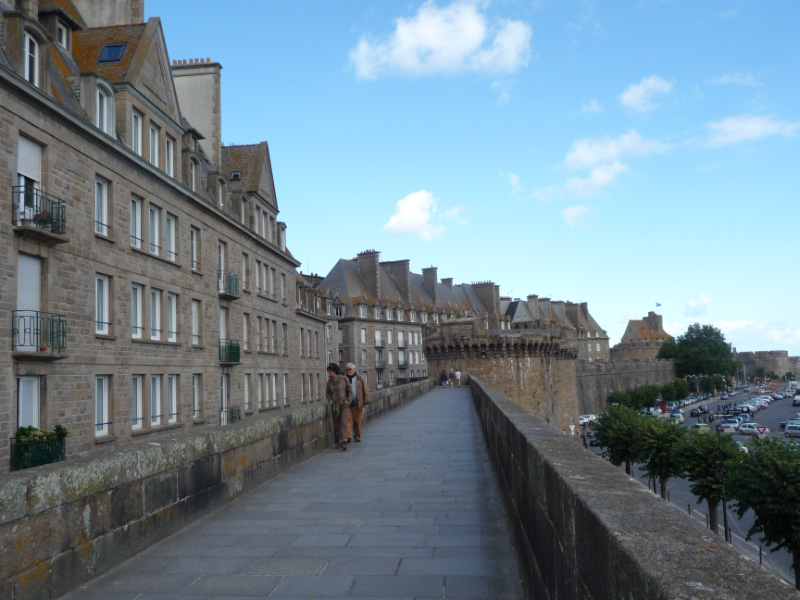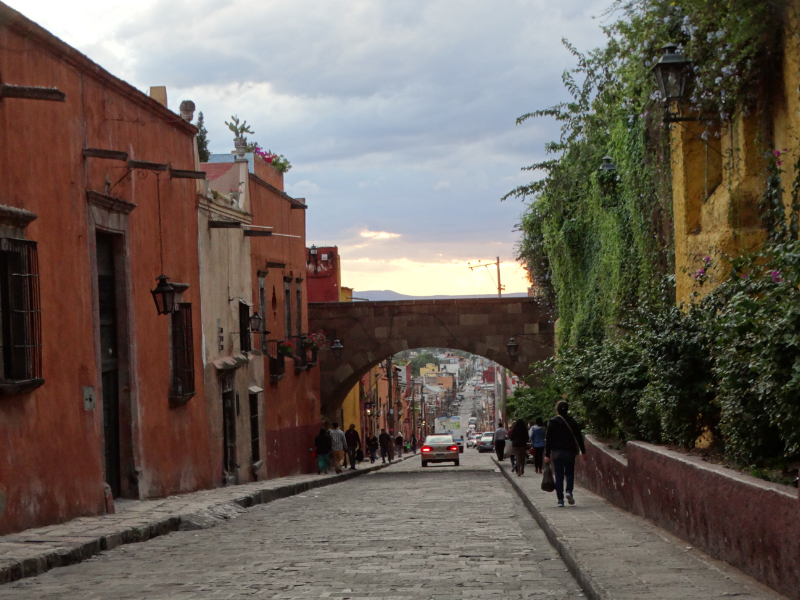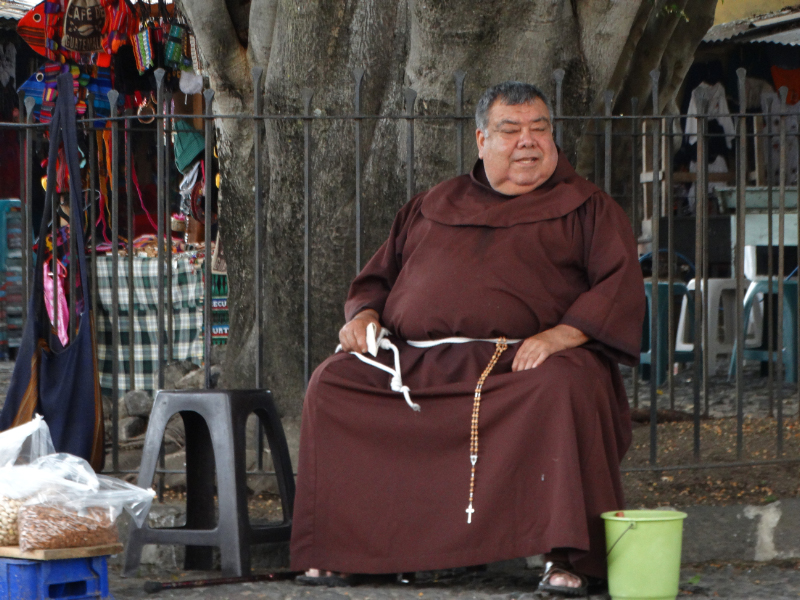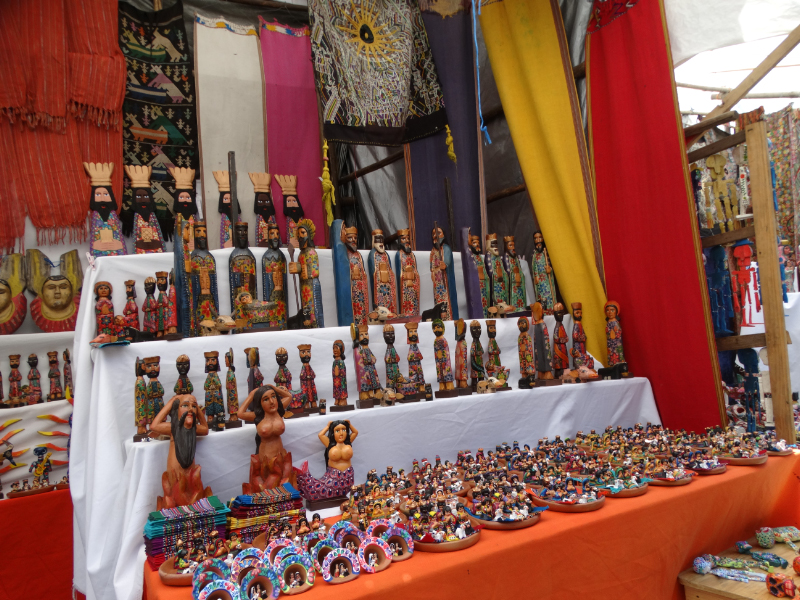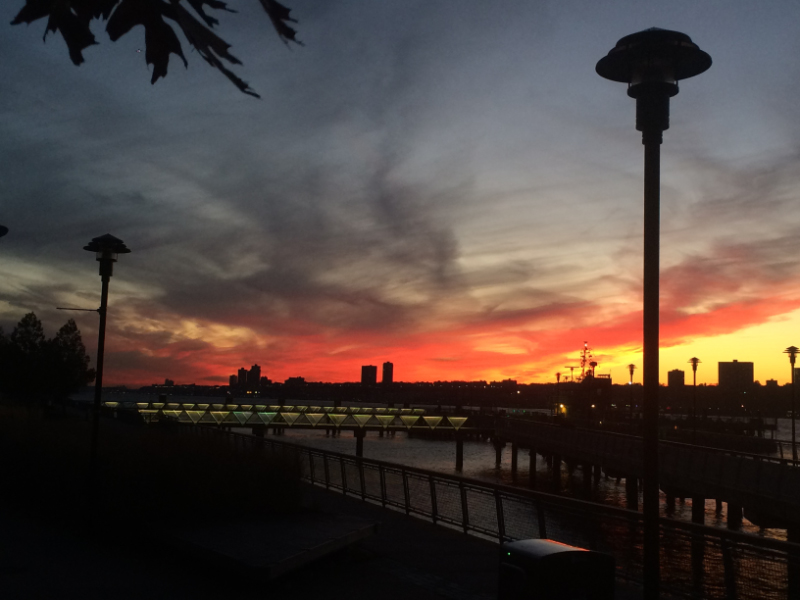Thursday 30 October
Our Turkmenistan guide Oleg was a big Russian man with a soft heart. As a young child he wanted to study archaeology but his mother talked him out of it – citing working under baking sun and freezing snow if work was available. Oleg had never given up his passion and now spends his down time from guiding reading up on it.
So our next visit was an exciting step into his world.
The archaeological site of Gonur Dep was discovered by Victor Sarianidi in the 1970s. Legend says that he was celebrating the end of a dig nearby, and got lost on his way home. He happened upon this site, ground covered with broken pieces of ceramics and decided this would be his next dig. Victor Sarianidi passed away in 2013, leaving an amazing legacy of life 4500 years ago.
The people who built this city between Harap & Mesopotamia were not local, but tribes from Anatolia who migrated to Mesopotamia. Finding that region already overcrowded, they continued to Iran.
The first wave of population did not succeed but a second wave lived here, along the Murgab River.
The site we saw was a capital city where religious holidays were celebrated. The rulers lived in the city but most of the population lived in nearby villages, engaged in farming.
They worshipped the elements but as Zarostofarians, fire was the important element.
They made fine ceramics, in fact between holidays they produced ceramics.
Believing that the soul not dead after death, their tombs contained food, cosmetics for women arms for fighting for men.
Anthropologists are still piecing bits together, but to date they believe that the life span of 35 years was very short. They lived a middle class lifestyle.
The city was occupied from about 2500BC. In that time the delta that provided them water moved and the canals to transport water there were getting increasingly long. So by approximately 2000BC the city had been abandoned.
There is conjecture that this city may have been the first Centre of Zorostrianism, however at the moment it is widely recognised that the religion and culture didn’t formulate until the 10th to 6th centuries BC.
Oleg told us that an expert on Zorostrianism, Mary Boyce who passed away recently, believed this city had all the elements of a Zorostrian culture.
e_header.jpg)

































